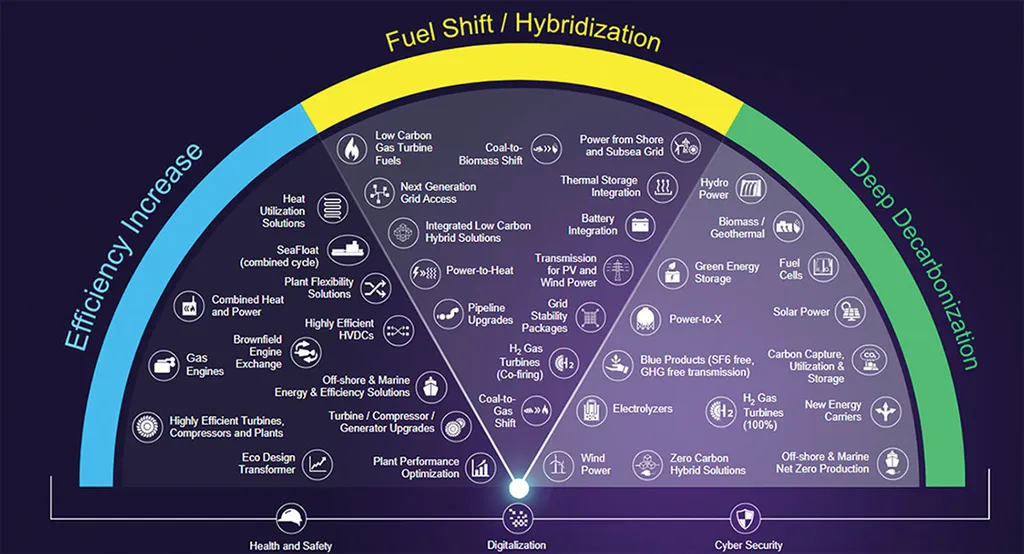The push toward electrification is reshaping the energy landscape, driven by a confluence of technological advancements, economic incentives, and environmental imperatives. This transition is not just about swapping out old technologies for new; it’s about reimagining how energy is generated, distributed, and consumed. Companies like Stantec are at the forefront of this shift, integrating electrification into their portfolios to support the transition toward cleaner power generation.
Dane Labonte, an energy management consultant at Stantec, underscores the pivotal role of electrification in decarbonization efforts. “Electrification is about offsetting energy coming directly from fossil fuels with electrons,” Labonte explains. This strategy is crucial for reducing carbon emissions across various sectors, from municipalities to commercial enterprises and utilities. However, the extent of decarbonization depends on the generation mix providing the electrons. As Labonte notes, while electrification offers significant decarbonization benefits, it may not be practical for all energy uses due to factors like grid capacity constraints and energy density requirements. Yet, innovation and evolving market incentives will continue to expand the possibilities.
So, how should entities pursue their electrification goals? Labonte advises that the approach will vary based on the specific entity, its processes, and the availability of market-ready solutions. Many can benefit from electrifying fleet operations or adopting heat pumps for heating and cooling. These technologies are already proven for many applications, but it’s essential to assess their alignment with specific needs and environmental conditions.
The drivers behind electrification are multifaceted. Labonte expects a combination of government policies, economic benefits, and environmental concerns to inform the shift. Early adopters may be driven by different factors than those electrifying later. Innovation will be key, bringing cost-effective solutions that address customer needs and make electrification less susceptible to changing government support.
In the current political climate, the role of government policies in pushing electrification is a contentious issue. Labonte acknowledges that government policy can shape the market and catalyze innovation, but he also cautions that policy can shift with election cycles. Cost-effective, customer-centric solutions are more likely to endure political changes.
For utilities, electrification presents both an opportunity and a responsibility. They must reinvest to meet growing demand while balancing cost containment and reliability. Labonte suggests that utilities should explore alternative approaches, such as creating customer incentives that promote demand flexibility or coordinate distributed energy resources. These strategies can support grid operations and encourage electrification.
The insights from Labonte and the broader industry trends point to a future where electrification is a cornerstone of the energy transition. This shift will require innovation, strategic planning, and a willingness to challenge the status quo. As more companies like Stantec integrate electrification into their portfolios, we can expect to see a ripple effect across the sector. This could spark a wave of new technologies and strategies, from advanced grid management systems to novel energy storage solutions. The push toward electrification is not just about decarbonizing operations; it’s about reimagining the entire energy ecosystem. This transformation will demand collaboration, adaptability, and a bold vision for the future. As the sector evolves, one thing is clear: the path to a cleaner, more efficient energy system is paved with electrons.

